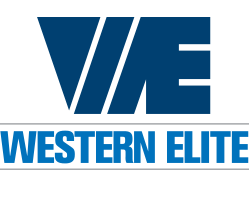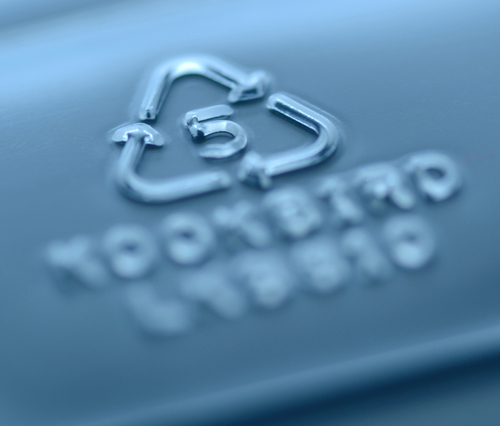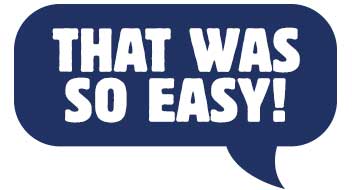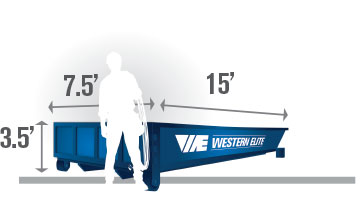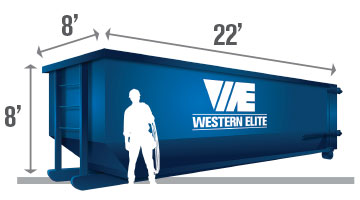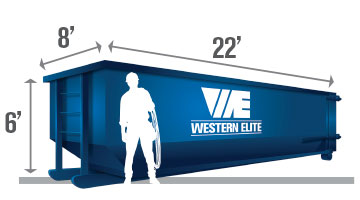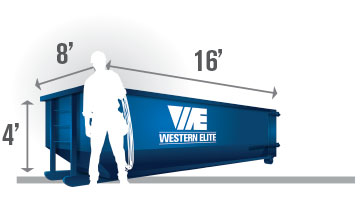Have you ever noticed the numbers inside of the recycling symbol on the bottom of your plastic products? Those were classified by the Society of the Plastics Industry in 1988 in order to make sorting plastic waste easier. Now, those numbers are better known as the Resin Identification Code, or RIC.
In order to be recycled effectively, plastic items need to be paired with resins of the same type. Different resins have different functions: whether they’re safe for food items, resistant to heat, or able to resist pressure and breakage can all be evident from a plastic’s RIC. As a consumer, knowing some basics about RIC can help in a few ways:
Knowing the dangers and advantages of each plastic type helps you re-use plastic products safely.
It allows you to make smarter purchasing decisions when you understand which plastics are the most difficult to recycle.
You can understand the connection between your plastic type and whether certain recycling facilities and programs will accept it
A General Guide to the 7 RIC’s
1: Polyethylene Terephthalate (PET): This plastic is usually used for plastic water bottles, and food containers like peanut butter jars. PET plastics are easier than most to recycle, and yet a woefully small percentage of them actually are recycled. Recycled PET is used for clothing insulation, textiles, and the inside of life jackets.
2: High-Density Polyethylene (HDPE): This material is used for slightly thicker packaging, like milk carton bottles, soap bottles and detergents. It’s important to note that if an HPDE container was used originally for a non-food item (like bleach or engine oil) it should never be used for a food item after that, as HDPE tends to become contaminated with whatever it holds. However, if it originally housed a food item like milk, you’re fine. This kind of plastic is also frequently recycled, and is accepted almost anywhere that plastics are recycled.
3: Polyvinyl Chloride (PVC): This one may sound familiar, because PVC is used in pipes and many kinds of building materials. However, it’s a more toxic resin, and never used in conjunction with food items. For this reason, you can recycle it when it comes to construction and demolition projects, but it’s not commonly accepted by residential waste programs.
4: Low-Density Polyethylene (LDPE): Durable and flexible, LDPE is used for plastic bags, six-pack rings, cling wrap, and squeezable bottles like those used for ketchup. It’s a common favorite for use, but not as easily recyclable. However, more and more facilities are accommodating LDPE, so check an see if it’s accepted at your local facility.
5: Polypropylene (PP): Tupperware, margarine containers, and auto parts are often made of PP plastics. Recycled, it can be very useful, but it’s also not as commonly accepted. For this reason, it’s often better to find your own ways to reuse these plastic food containers, or avoid buying them when possible.
6: Polystyrene (PS): More commonly known as styrofoam, polystyrene is used for insulated cups, packing peanuts, and food boxes. It breaks and crumbles easily, which is why it’s one of the more harmful plastics to the environment. Not many places recycle PS, and so it’s best to avoid using it whenever possible. Choose paper cups, or even other plastics when possible, and reconsider your to-go containers.
7: “Other:” 7 is the catchall number used for anything that can’t be categorized as 1-6. Sometimes this means it’s another kind of resin (like nylon, polycarbonate, acrylic, etc.) or it could be a combination of several things, which makes it difficult to recycle.
Evolving Labeling Approaches
Although this code system is generally used as a guide for what can be accepted where, the truth is that more and more different kinds of plastics are being accepted for recycling now. Often, the biggest indicator of whether or not something can be recycled depends on its shape and size (bottles and containers being the most commonly accepted.)
New consumer programs are encouraging the use of a new “How2Recycle” label instead of the old RIC numbers in order to give a more comprehensive and updated guide for recycling plastics. This will simply divide plastics into 4 categories: “Widely Recycled,” “Limited,” “Not Yet Recycled,” and “Store Drop-Off.” So instead of deciphering codes, consumers can get the item directly to the most useful place.
